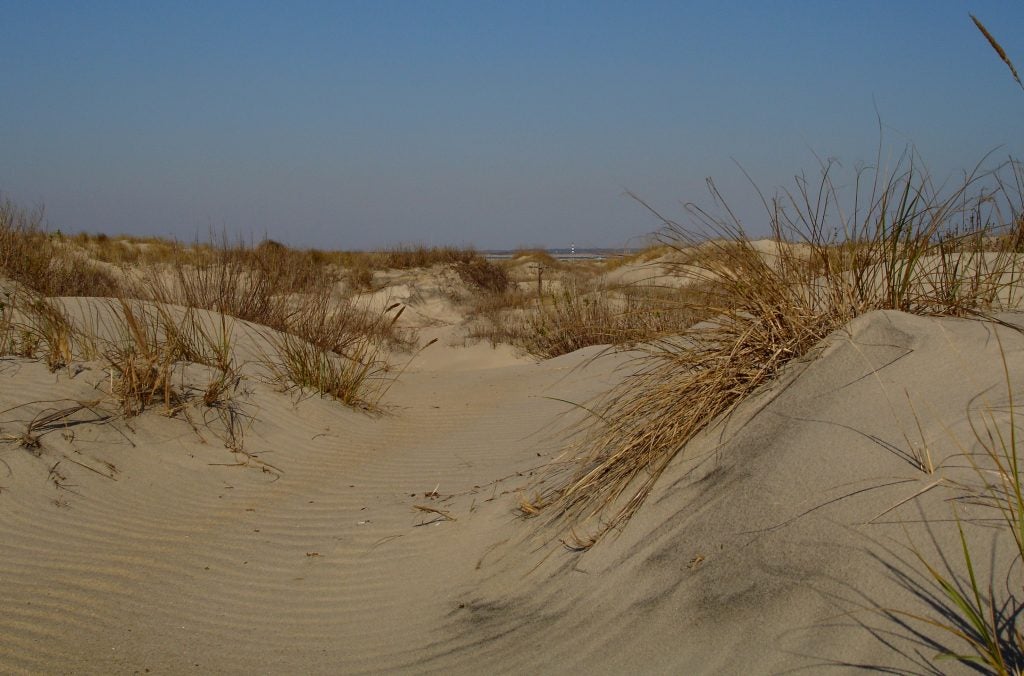Historic flooding across the Great Plains and Midwest has been devastating. While waters may be receding, farmers and communities aren’t out of the woods yet. Recovery will be costly and lengthy, and additional floods could be around the corner.
The National Oceanic and Atmospheric Administration warns that more than 200 million Americans living in 25 states face elevated flood risk through May, and the risks go far beyond this year. The fourth National Climate Assessment predicts precipitation across the Midwest will increase in severity and frequency in the years ahead.
The region needs a comprehensive strategy to mitigate the dangers of excess water and increase the ability of working lands to withstand and recover from extreme precipitation. Contingency planning will be complex and constantly evolving, but it must do these three things to be successful. Read More











